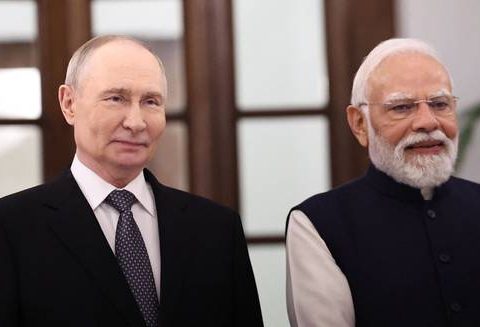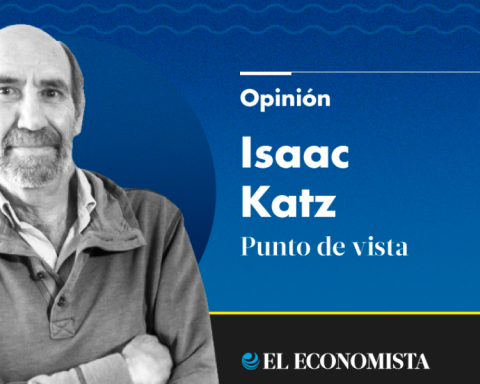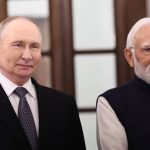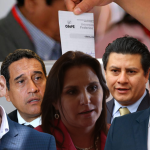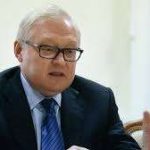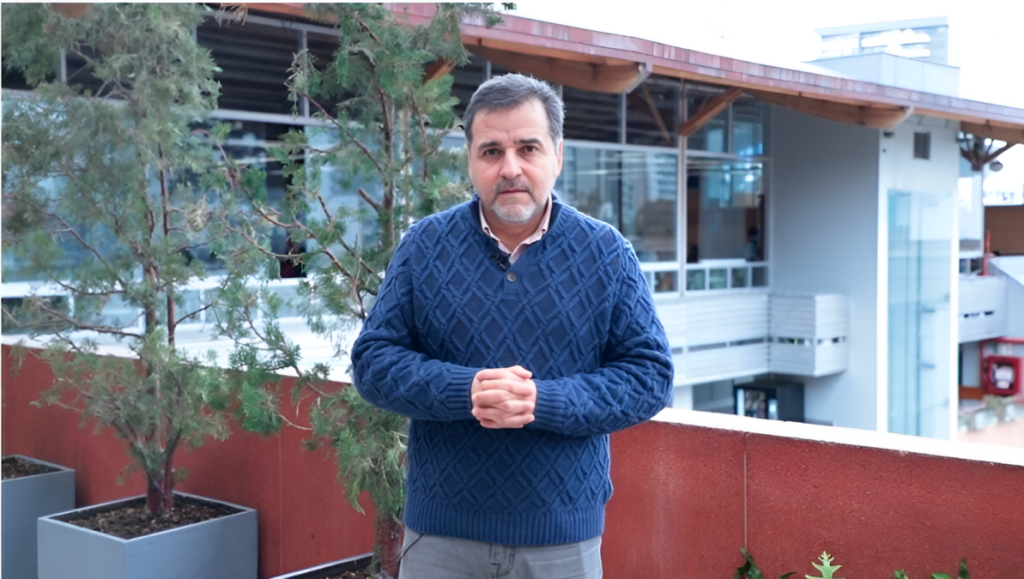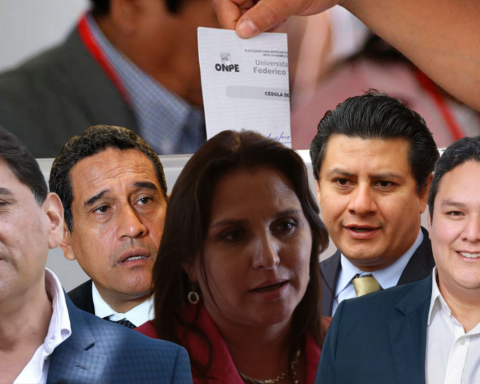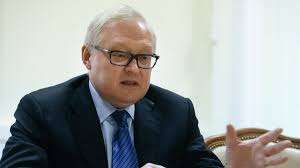BOSTON – The second half of the decade of 2020 has already entered, artificial intelligence capacities become increasingly the determining factor of economic and military power. Hence, after years of intensifying US controls for the export of advanced semiconductors to China, one of the last acts of the Biden administration has been to issue a “provisional final rule” that establishes a framework for the dissemination of AI. If this “Rule of Dissemination of AI” (this is called) remains unchanged, the US inputs necessary for the development of avant -garde models will only be available to a narrow circle of allies.
In fact, the rule would leave the margin of the development of AI even to the majority of NATO members and the European Union, a possibility that it can ultimately attempt against the strategic objectives of the United States. For example, Central and Eastern Europe (the industrial power of Europe) needs access to avant -garde chips to ensure economic and military competitiveness during the next decade. But if the United States ceases to be a reliable partner and supplier, the economies of the region can be dragged into the orbit of Chinese influence.
Specifically, the dissemination rule of AI creates a hierarchy with three access levels. The lower level includes China, Russia and the other old suspects, which in practice are left without access to the market. The most privileged level includes eighteen allies and trusted commercial partners, including the members of the group of the “five eyes” (the United States alliance with Australia, Canada, New Zealand and the United Kingdom for shared access to intelligence) and Asian technological powers such as Taiwan and South Korea.
It is therefore the intermediate level, which includes the majority of NATO and EU members. Despite being close allies of the United States, they face rigorous restrictions, including a limit to the import of high -end chips (50,000 per country until 2027). In addition, the rule not only affects hardware, but also the “pesos” that contain the abilities learned by AI models. Any country that wants to access these assets must go through strict and burdensome security protocols.
Without these obstacles, Central Europe would be able to take advantage of its solid industrial base to boost the technological progress throughout Europe. Poland, one of the best capitalized economies in the region, recently launched an initiative of 240 million dollars for the development of the first large linguistic model in the country. A few days before the United States harden its restrictions on AI chips, the Polish government announced plans to invest almost 1.2 billion dollars in AI -based technologies. And in February, the Polish Prime Minister Donald Tusk signed a memorandum of understanding with L succinity Pichai, executive director of Alphabet (Google), to accelerate the adoption of AI in cybersecurity, health, energy, energy and other sectors.
With the decision to relegate to central and eastern Europe to the second level, the United States puts at least three ways the economic future of the region. In the first place, restrictions will make the modernization of traditional industries such as car manufacturing, at a time when Europe need advances in autonomous vehicles and self -conducts, manufacturing complemented by AI and predictive maintenance technologies.
Secondly, the fact that regional aspirations in matters are at the mercy of officials in Washington forces to suspend long -term plans and numerous new investments. For business activity, there is nothing worse than prolonged uncertainty in relation to future policies (something that US companies are also realized that depend on imports).
Thirdly, deprived of access to high performance chips, it is possible that the incipient startup ecosystem of central and eastern Europe is forced to emigrate to countries included in the first level, which means frustrating the development of a strategic sector before it has a chance to mature. The migration or disappearance of these startups is a decline of not less than a decade for the region. It is not surprising that public discontent has spread through the European capitals, Brussels and Prague to Riga and Warsaw.
Of course, the US authorities will say that it is a calculated decision with which they try to protect the technological leadership of the United States and their national security interests, although it implies friction with old allies. But restrictions on AI chips can also fracture NATO cohesion and stop their military modernization. The war in Ukraine has shown the growing warlike importance of AI (in areas that go from cyber -defense to drones). Since the Trump administration wants NATO European members to assume more responsibility for the common defense, it makes no sense to limit the capacity of central and eastern Europe to develop these technologies.
It is true that, anyway, most countries in the region are still far from the quota imposed by the AI diffusion rule, due to lack of computing power and other requirements. But as their abilities increase, they may begin to look for other partners. In 2023, Hungary absorbed on its own 44% of foreign direct Chinese investment in Europe, rather than France, Germany and the RU combined. Likewise, despite the strong pro -western orientation of Poland, China is already one of its largest commercial partners, and the entire automotive cluster of Central and Eastern Europe has important indirect supply links with China.
Since these ties can facilitate a broader geopolitical realignment, it is convenient to design a more selective strategy. Ultimately, leadership in AI is not limited to controlled hardware and software. It also has to do with the setting of global standards for the development, deployment and governance of technology. By leaving its allies away from the Avuardia de la AI, the United States runs risk of losing influence on the trajectory that this technology will follow, a result that is hardly what you want.
The author
Soňa Muzikárová, a non -resident superior researcher at Atlantic Council and Mason Fellow of the Kennedy Government School of Harvard, was an economist of the European Central Bank, Diplomatic of the OECD and senior advisor of the Vice Minister of Foreign Affairs of the Slovak Republic.
Translation: Esteban Flamini
Copyright: Project Syndicate, 1995 – 2025

